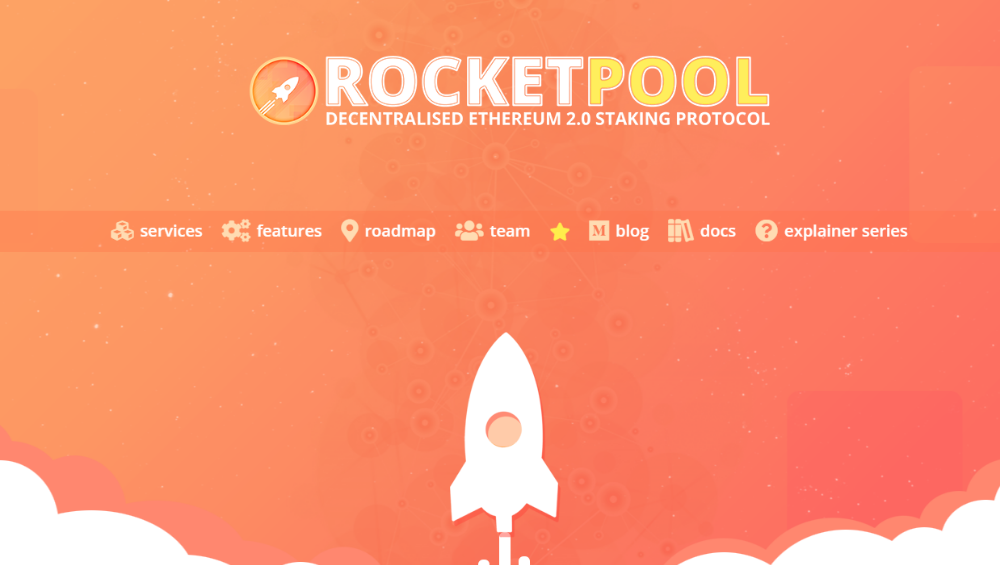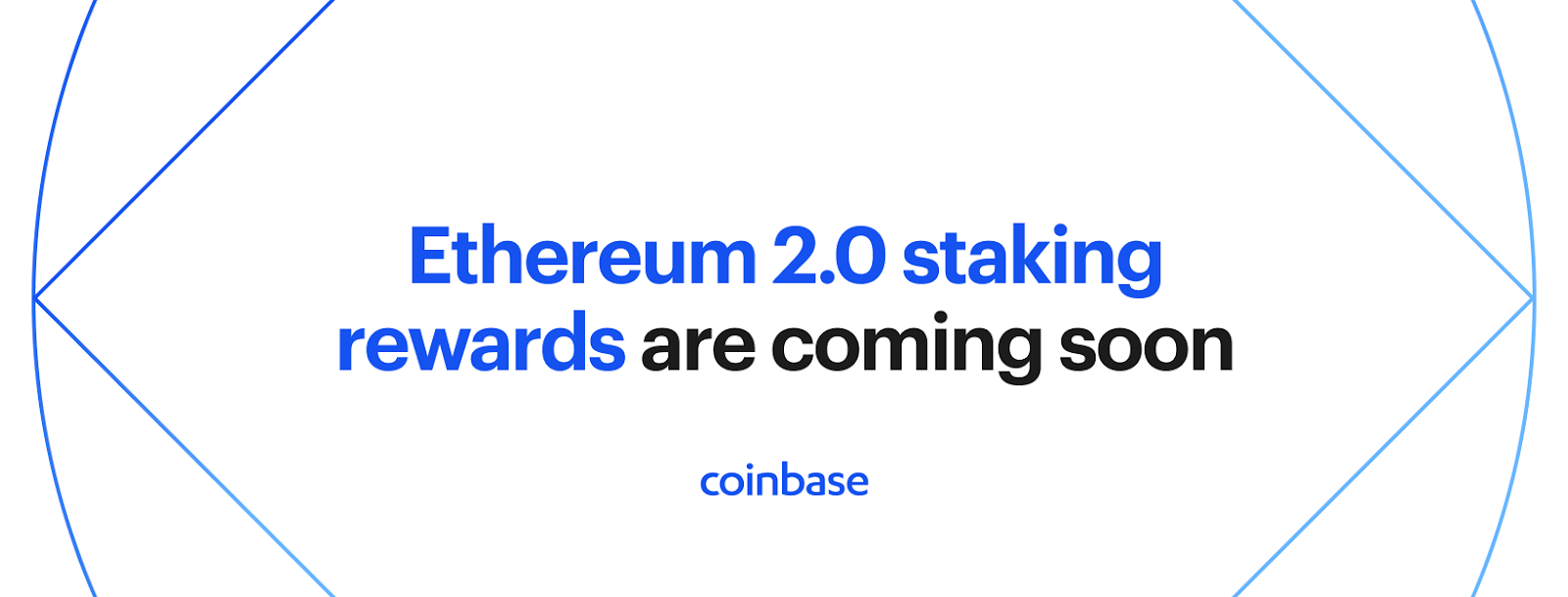Liquid Staking projects have recently experienced continuous growth in price such as Lido Finance, Rocket Pool, Frax,… and many other Liquid Staking platforms.
So what are the highlights that help these platforms attract the spotlight from the whole market? Everyone, let’s find out in this article!
To understand this article in detail, you can read some of Weakhand’s articles such as:
- What is Liquid Staking? Develop Forever With L1 Wars
- Liquid Staking Will Continue to Grow Strongly in the Future
- Rocket Pool and Lido Finance: The battle for the throne of Liquid Staking
- What is Rocket Pool (RPL)? Overview of Rocket Pool Electronic Lathe
This article will cover some of the following key points:
- Key points in the upcoming Shanghai update
- Outstanding Liquid Staking projects and operating mechanisms
- The future of Liquid Staking projects
Key Points in the Upcoming Shanghai Update
Ethereum’s upcoming Shanghai update includes many different EIPs, but the most important update affecting staking and Liquid Staking projects is EIP – 4895.
With the EIP – 4895 update, validators are allowed to withdraw staked Ethereum from the Beacon Chain. And there will be 2 options for validators to choose from as follows:
- Partial withdrawal: With this strategy, validators can withdraw all rewards from ETH Staking to their wallets, however the original amount of 32 ETH will still stay with BeaconChain and validators will continue their duties to the network. .
- Full withdrawal: This strategy allows the validator to shutdown and withdraw all of the initial 32 ETH along with the reward.
With the update allows validators to withdraw Ethereum from Beacon Chain and exchange 1 to 1 with Liquid Staking projects. And above are the next updates for Ethereum and Liquid Staking platforms, we will discuss Shanghai’s influence on Liquid Staking platforms in the last part of this article.
Outstanding Liquid Staking Projects and Operational Mechanisms
Overview of Liquid Staking projects
On the Ethereum ecosystem at the moment we have a number of projects providing Staking services such as Lido Finance, Rocket Pool, Frax (newly entering the market) and Coinbase – a unit from CeFi. The operating mechanism is quite similar on the surface as users can stake the amount of ETH depending on the above platforms (instead of a minimum of 32 ETH on Beacon Chain) then the user receives an amount of APY determined by the project. determined and will be returned by the project synthetic tokens representing ETH on Beacon Chain at a 1 to 1 ratio such as Lido Finance’s stETH, Rocket Pool’s rETH, Frax’s fxrETH & sfxrETH and Coinbase’s cbETH.
And now we will go into the differences between Liquid Staking platforms through the table below:
|
|
Lido Finance |
Rocket Pool |
Frax |
Coinbase |
|---|---|---|---|---|
|
Derivative token name |
stETH |
rETH |
fxrETH – sfxrETH |
cbETH |
|
Token type |
Rebasing |
Reward Bearing Tokens |
Base Token – Reward Bearing Token |
Reward Bearing Tokens |
|
APR |
5% |
4.48 & 7.25% |
6.95% |
4% |
|
Number of nodes created |
27 |
2087 |
first |
first |
Classification of derivative tokens
Although all assets such as stETH, rETH, fxrETH – sfxrETH and cbETH are synthetic tokens pegged to ETH, which means the price of the above derivative assets will be attached to the price of ETH. However, deep inside the token design, these tokens are different types of tokens:
stETH – Rebasing
Reasing tokens refer to tokens that have a fluctuating supply, meaning they can increase or decrease depending on the number of stETH holders. This happens when Lido Finance will reward users with stETH, causing the supply of stETH to increase. Besides, when users redeem stETH for ETH, the supply of ETH will decrease.
rETH, cbETH – Reward Bearing Token
In contrast to Rebased Tokens, Reward Bearing Tokens do not have a regular change in total supply when their rewards are paid in ETH itself. The total supply of these platforms only changes when people deposit more ETH or redeem derivative assets.
fxrETH, sfxrETH – Base Token & Reward Bearing Token
- fxrETH is designed to maintain ETH price. This causes fxrETH to be used frequently when providing liquidity for the fxrETH – ETH pair on DEXs. However, by holding fxrETH, you will not receive any rewards from Beacon Chain.
- sfxrETH is designed similarly to rETH or cbETH but it will absorb the entire reward of fxrETH
The question here is why users hold fxrETH when they do not receive any rewards from Beacon Chain. The answer will be below.
Compare APY across platforms
Frax offers the highest rewards for the following 2 main reasons:
- Although Frax is not a new DeFi protocol, Frax is a new player in the Liquid Staking segment, so Frax has less than 50,000 ETH staked on the platform. That’s why Frax needs an attractive amount of APY in the early stages to attract users.
- Because the entire reward of fxrETH will be transferred to sfxrETH, the reward of sfxrETH is also higher than the general market average.
Next is Roket Pool with APR ranging from 4.48% and 7.25%. 4.48% is for those who stake single ETH and 7.25% is for those who stake 16TETH then combine it with Roket Pool to run a Validator. It can be said that the APR for single users is not equal to Lido Finance.
The most out of place is Coinbase with an APR of only 4%, it can be said that Coinbase is Apple in the Liquid Staking village while emerging giants Xiaom, Huawei are similar to Frax and Samsung are similar to Lido or Rocket Pool. Coinbase is confident in providing such a low APR because not everyone is familiar with DeFi and Coinbase is extremely reputable in this market so that is an understandable number.
Analyze the strengths and weaknesses of each protocol
Lido Finance – Industry tycoon
First we will come to the most powerful protocol in the Liquid Staking segment, holding more than 70% of all Ethereum staked on the Beacon Chain and topping the TVL rankings of the entire DeFi industry, surpassing Maker DAO, AAVE or Even though Uniswap was born late.
Advantages of Lido Finance include:
- The number of use cases of stETH is the highest among all competitors. stETH is available on the largest lending platforms and many other platforms. In fact, more than 30% of the total stETH supply is on AAVE.
- stETH is not only present on Ethereum but is being brought to multichain by Lido Finance, currently Layer 2 such as Arbitrum or Optimism with the asset wstETH.
- stETH has the thickest liquidity pool on Curve Finance compared to its peers.
Disadvantages of Lido Finance include:
- Does not support network decentralization as all ETH is deposited into 21 validators who are Lido Finance partners.
Rocket Pool – Decentralization wins over private interests

Advantages of Rocket Pool include:
- The large number of validators is due to Rocket Pool’s operating mechanism.
Disadvantages of Rocket Pool include:
- The number of use cases for Rocket Pool’s rETH is still very limited. At present, Rocket Pool’s rETH is just starting to have its first important use cases. That’s why rETH still takes a lot of time.
- The APR for single users is relatively low.
Frax Finance – Getting your feet wet in the profession
Advantages of Frax Finance include:
- The highest APR on the market at 6.95%.
- The liquidity of fxrETH on Curve can be completely boosted because Frax holds a lot of veCRV and can direct the incentive to flow back to fxrETH – ETH LP. So what will happen when fxrETH has higher liquidity than Lido Finance. It can be said that this is Frax’s strongest point at the present time.
Disadvantages of Frax Finance include:
- The number of use cases of fxrETH is still very limited, nothing more than providing Curve liquidity is still not enough for pragmatic DeFi players.
Coinbase – The Apple of Liquid Staking

Coinbase advantages include:
- Coinbase is the most reputable exchange in the world with a successful IPO on the US stock exchange.
- Coinbase’s number of regular users is certainly higher than Lido, Frax or Roket Pool, even the three of them combined.
Disadvantages of Coibase include:
- Coinbase’s APR is the lowest in the Liquid Staking market.
- cbETH’s use cases are not really that popular in DeFi.
The Future of Liquid Staking Projects
Is Shanghai positive or negative with Liquid Staking projects?
From my perspective, Shanghai in the short term could have a negative impact on the price of Ethereum and there will be people withdrawing money from the Liquid Staking protocol. However, those are only temporary and short-term actions. I also believe that when depositing and redeeming Ethereum becomes easy and it is officially available, many people will participate in using the Liquid Staking protocol.
Besides, depeg worries are officially relieved because instead of swapping large amounts, they can redeem their ETH, although it takes time but it will be a 1 – 1 ratio. As I analyzed in the previous article Regarding the Shanghai update, out of the total 13% of total Ethereum supply deposited into Beacon Chain, only 3% of Liquid Staking projects are profitable to break even, so I think the remaining ETH will continue to be kept on Beacon Chain and other Liquid Staking platform.
Huge potential opens up
The reason for the strong price explosion of Liquid Staking projects is that the Liquid Staking market dedicated to Ethereum is still too large, I would like to emphasize that too big!
Everyone can do a simple calculation. Currently, 13% of the total supply of Ethereum is being staked, the remaining 87% of the total supply is still out in the market (cold wallets, DeFi, NFT,…) If calculating capitalization then this 87% is equivalent to the equivalent of $157B which is 3 – 4 times the entire DeFi market. Normally with other Layer 1, the amount of coins put into stake ranges from 40 -80% of the total supply, which means that Liquid Staking can expand at least 4 times and maximum 8 times.
That is the reason why Liquid Staking projects are growing so crazy.
Multichain is the future
Similar to regular DeFi platforms, the future of Liquid Staking projects is Multichain and Lido itself is also doing multichain. If it weren’t for Luna’s failure, Lido would probably be the most successful multichain Liquid Staking platform. Currently, chains like Polygon, Solana, Polkadot of Lido Finance are not really successful. The remaining platforms have not yet deployed.
Some projects implementing multichain like Stader Labs are also developing very strongly.


